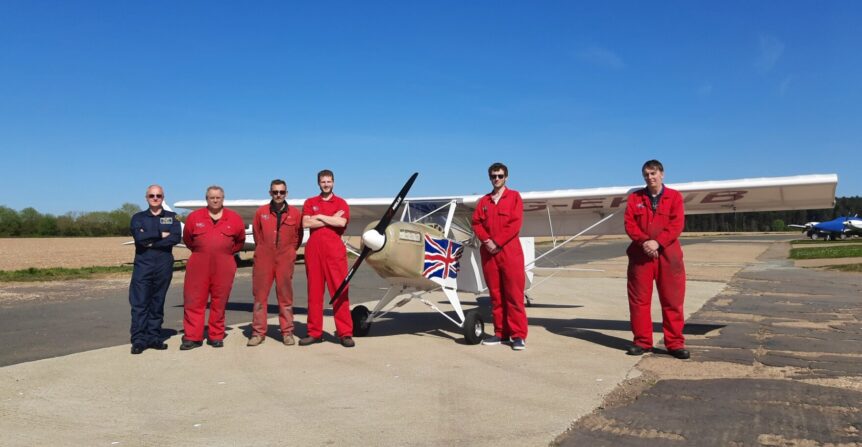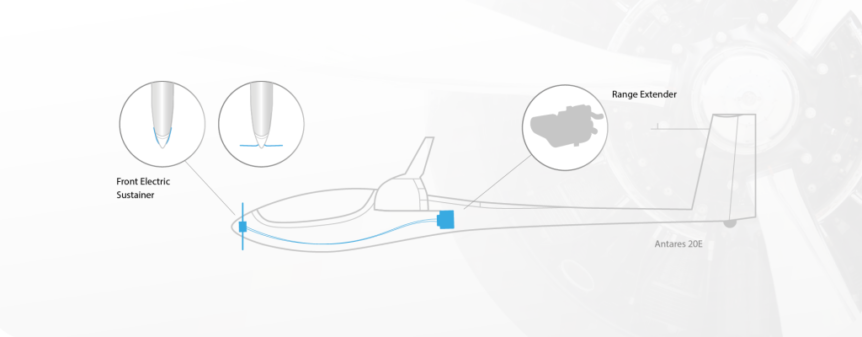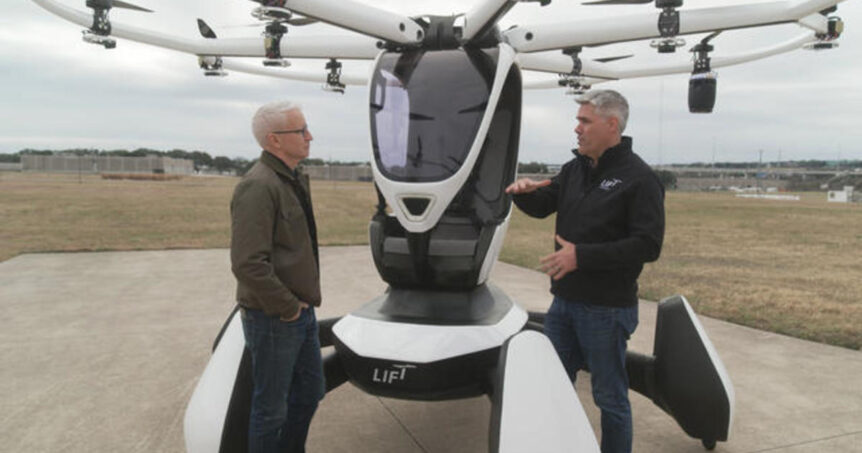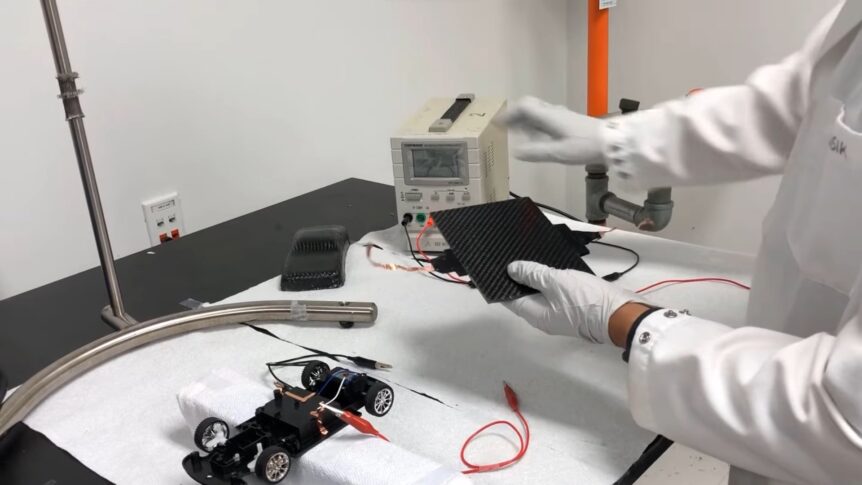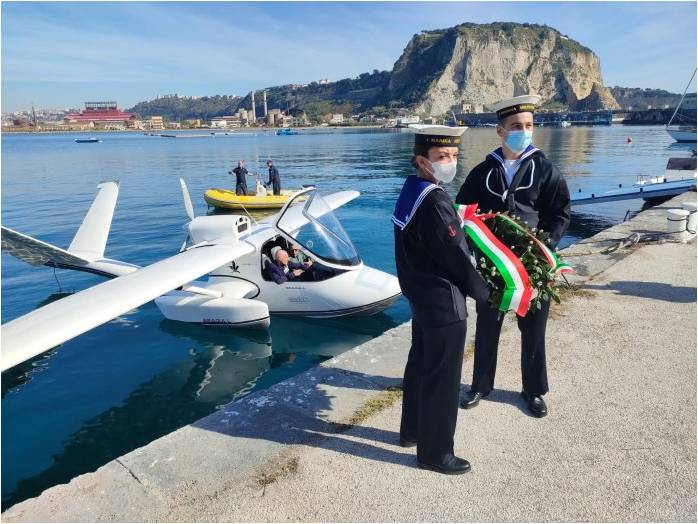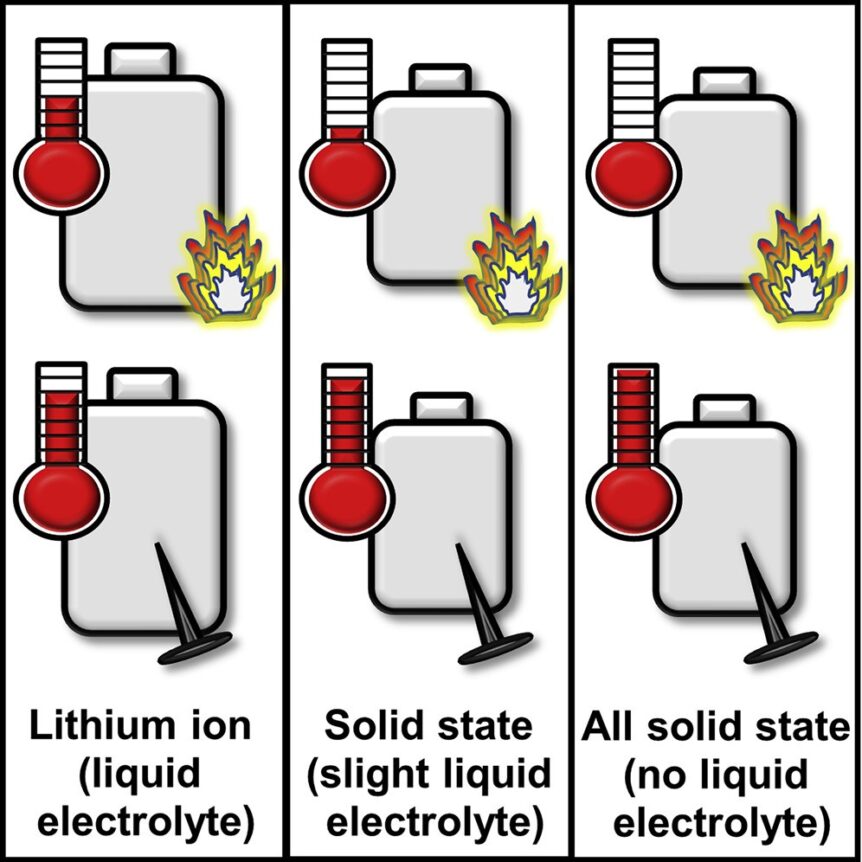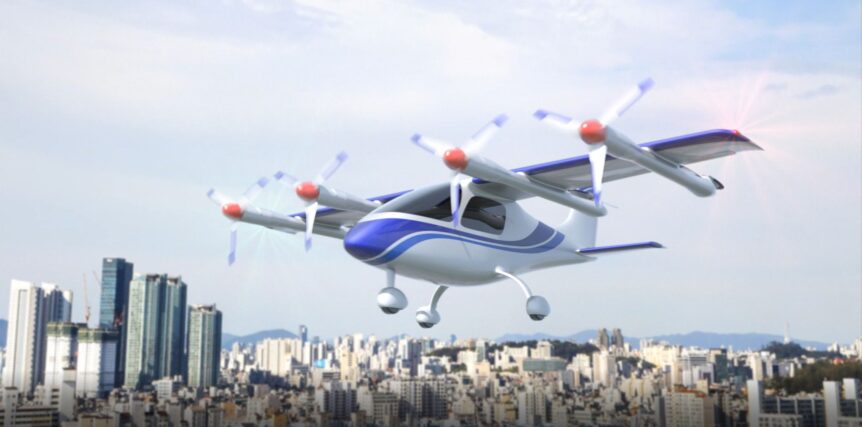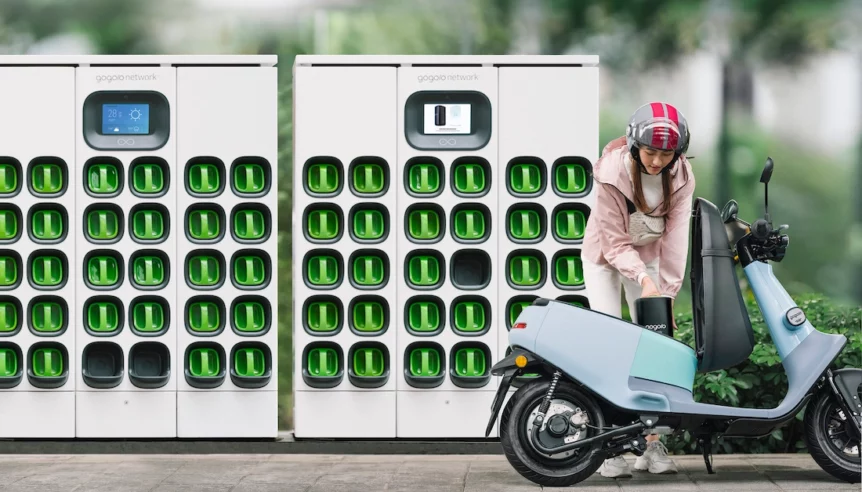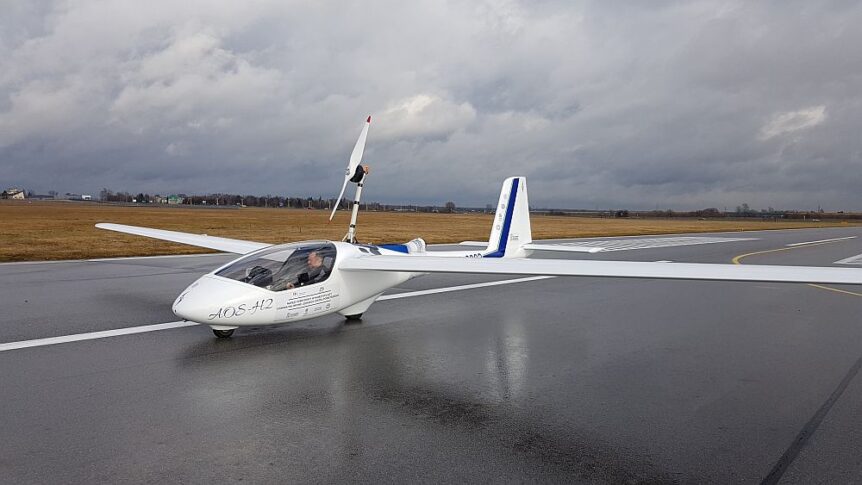A Proper British Aeroplane eKub is the latest offering from The Light Aircraft Company (TLAC), a British company that specializes in modern adaptations of classic-themed flying machines. At nearby Cranfield University, Dr Guy Gratton, Associate Professor of Aviation and the Environment, teaches and acts as test pilot on the eKub. Gratton is also an Associate Fellow of the Society of Experimental Test Pilots. TechXplor reports, “After taxi tests and “low hops,” the single seat Sherwood eKub made its first flight of 10 minutes and then a second flight later in the day of 22 minutes from Little Snoring airfield in Norfolk.” He can’t seem to get enough of the little ultralight single seater, posting a Tweet showing his takeoff in G-EKUB. He reports, “Back in the electric office today, more lessons learned, more progress towards practical and viable electric aeroplanes.” In response to a reader’s question about battery limits on flight time, he explains, “Looking increasingly that we’ll hit our …
Antares, FES, and AdvanTec Create E-ROP Hybrid
E-ROP is a multi-party program using an Antares self-launching sailplane. FES and Adventec have crafted a hybrid version of the Antares 20e with a front electric sustainer (FES) motor in place of its tall mast-mounted motor. An incremental program, E-ROP begins by replacing the retractable unit with an FES motor on the nose. This reduces the drag created by the motor being raised into position and simplifies operation. The FES Antares flew for the first time on April 19 with Klaus Ohlmann at the helm. Ulrich Bronet recorded this short video. Under development since 2016, E-ROP will benefit from an advanced battery package from research partner AdvanTec GmbH. According to the project, “The concept provides for batteries in the fuselage and wings, which have an energy capacity of 22 [kilowatt-hours] at a total take-off weight of 650 [kilograms] (1,433 pounds) MTOM (Maximum Take Off Mass).” 22 kWh is about one-fifth of a Tesla battery package and will allow up to 450 …
Sky Taxis, Eviation Featured on TV News
60 Minutes and The Today Show have recently featured sky taxis and future electric airliners on their broadcasts. This is big news in that such transport is getting recognition in popular media, and even somewhat of a fair hearing. Even though references to the Jetsons are common in such reports, both these excursions seemed to be less wide-eyed, biased, and skeptical than most. Lift Hexa Although LIFT’s Hexa is featured prominently in publicity for the show, Wisk’s CEO is featured in this promotional piece. “We’re excited to share that we’ll be on this weekend’s episode of @60Minutes on @cbstv! Be sure to tune in as our CEO, Gary Gysin, sits down with @AndersonCooper to talk about the future of #mobility!” LIFT had a say in promoting the show. “Sitting in bumper-to-bumper traffic during rush hour is one of the worst things about the morning commute. But what if people could fly over the gridlock? Anderson Cooper takes a ride in …
A Hybrid Structural Battery
Is it possible to combine the best features of batteries and supercapacitors to get both enduring energy storage and bursts of power? Batteries, to varying degrees can store energy and release it over time. Supercapacitors can provide instant, but short-lived power. Even more challenging, can can we form a hybrid structural battery, combining form with function? University of Central Florida researchers think they’ve answered those questions with a battery-supercapacitor hybrid material that could form “power suits” for electric vehicles. Improving on an Earlier Idea This blog first reported on structural batteries 12 years ago, examining the efforts of Volvo and Dr. Emile Greenhalgh of Imperial College London. Several approaches have been made to create a structural battery, but the “power suit” combines electrical potency with enough structural strength to resist driving impacts. UCF reports, “This new breakthrough continues this line of thinking, with scientists at University of Central Florida and NASA designing a new material featuring unique properties that allow for …
An Italian Hybrid Seagull
An Italian trimaran light seaplane has many interesting features. From its hybrid power system to its unique patented folding wings, the Novotech Seagull showcases innovation. Professor Leonardo Lecce has taught aeronautical structures and aerospace construction and maintenance practices at the Federico II University in Naples. Why the choice to limit the craft to marine operations only? La Republic explains Seagull “allows two people to fly from any coastal location to another, doing without hydroscales and hydroports now non-existent, thanks to a revolutionary technology already patented, of an automated system folding of the wings that allows once moored (landing at sea), to reach and dock in any quay or dock. But also to bring this aircraft ashore in the garages as a small boat or, for the ‘pieds dans l’eau’ (‘feet in the water’) hotels or for the lucky ones who have a villa with access to the sea or the lake, to park it in your garden.” The 650-to-700 kilogram …
Solid State Batteries with a Liquid Chaser
What if our assumptions prove wrong? How willing are we to at least examine closely-held beliefs and accept a new, scientific finding? Sandia engineers are demonstrating that solid-state batteries containing a little liquid electrolyte can be safer than conventional lithium-ion cells. PV Buzz included a great executive summary in their article on the findings: A new study tackled a long-held assumption that adding some liquid electrolyte to improve performance would make solid-state batteries unsafe. Instead, the research team found that in many cases solid-state batteries with a little liquid electrolyte were safer than their lithium-ion counterparts. They also found, if the battery were to short-circuit, releasing all its stored energy, the theoretically super-safe, all-solid-state battery could put out a dangerous amount of heat. Those three points seem to contradict the conventional wisdom that eliminating electrolytes would lead to safer, less flammable batteries. Sandia engineers Alex Bates and John Hewson have published findings challenging that conventional wisdom in the peer-reviewed journal …
Single-Seat eVTOL Commuters
Single-seat ultralight aircraft are a popular part of personal aviation and a small part of the growing electric Vertical Take Off and Landing (eVTOL) market. We look at two contenders here, and compare them to a newly-certificated single-seat fixed-wing solar-assisted airplane. KARI’s QTP-UAV KARI – the Korean Aerospace Research Institute – has developed the QTP-UAV, or Quad Tilt-Prop Unmanned Aerial Vehicle. It’s designated as yet another acronym – OPPAV, Optionally Piloted Personal Air Vehicle Technology Demonstrator. Citing the “Emerging market competition for urban air mobility,” KARI sees their craft as a means to reduce the “enormous social costs resulting from traffic increase on the ground.” A huge number of Korean organizations joined the effort develop the OPPAV demonstrator. “Korean companies (KAI, Hyundai Motors, Hanwha System, VesselAerospace, KAT, Doota, EDT, and RealtimeWave), research institutes (KIAST and KOTI), and Konkuk University formed a consortium for the program sponsored jointly by the Ministry of Land, Infrastructure, and Transport (MOLIT) and the Ministry of …
Gogoro Goes Solid State
Gogoro, a Taiwan-based scooter and battery system, has added solid state chemistry to its swappable batteries. This increases the stored energy in each 9 kilogram (19.8 pound) pack from 1.7 kilowatt-hours of the current liquid electrolyte to 2.5 kWhr. These packs are light enough for a small woman to handle, as shown in Gogoro’s promotional videos. Growing GoStations Swapping batteries on Gogoro’s own scooters is quick and convenient, with over “10,000 battery-swapping GoStations at over 2,300 locations,” by the firm’s own count. They serve over 450,000 riders with over 340,000 daily swaps. Powering 95-percent of all electric two-wheel scooters on the island nation, they’ve “hosted” more than 260,000,000 total battery swaps to date. Gogoro boasts their “Network subscribers have swapped over 140 million Smart Batteries without incident since 2015.” The number of GoStations is close to exceeding the number of gas stations on Taiwan. A joint development between Gogoro and Prologium, the new solid-state batteries fit the existing modules in …
Wright Electric’s 8-Year Plan
Jeffrey Engler has headed up Wright Electric for the last decade, working to provide efficient motors, inverters and overall power systems for airliners. Now, his firm is working to develop those airliners. From a startup in 2016, looking for a single-engine light aircraft to convert to hybrid power, Jeffrey has grown Wright to a recognized force in future flight. Presenting a mission statement and schedule for the next eight years, Wright has ambitious, but reasonable plans. Currently, Wright is testing a two megawatt motor and inverter, “Collaborating with NASA, U.S. Department of Energy, and U.S. Department of Defense.” Testing will continue through 2023. The firm predicts it will be flying its Wright Spirit between the busiest “city-pairs” in the world by 2026. The Spirit, a BAe 146 converted to electric power, will connect paired destination such as, “Seoul-Jeju, London-Paris, Rio de Janeiro-São Paulo, and San Francisco-Los Angeles.” “Wright’s goal is to make all single-aisle flights shorter than 800 miles zero-emissions,” …
The AOS-H2 Hydrogen-powered Motor Glider
A university in Poland has conceived, built and tested – but not flown, the AOS-H2, a hydrogen-powered motor glider. In 2013, the blog covered the test flights of a battery-powered electric two-seat motorglider designed at the Warsaw (Poland) University of Technology. Now, a similar design, the AOS-H2 has been crafted to fly on power generated by a hydrogen fuel cell. Early tests in 2020, “Confirmed that all units work correctly.” The “Hybrid Propulsion System Based on Hydrogen Fuel Cells in a Light Aircraft” is funded under the “Applied Research III” Program by the National Centre for Research and Development. Professor Marek Orkisz Ph.D., D. Sc., Eng. Of the Rzeszów University of Technology is Program Manager. As noted in the University’s announcement of the new airplane in 2020, “The last completed project was the AOS-71 motor glider fitted with an electric-powered propulsion system integrated in the fuselage and powered by lithium-polymer batteries in the wings.” At that time, Mike Friend, former …

